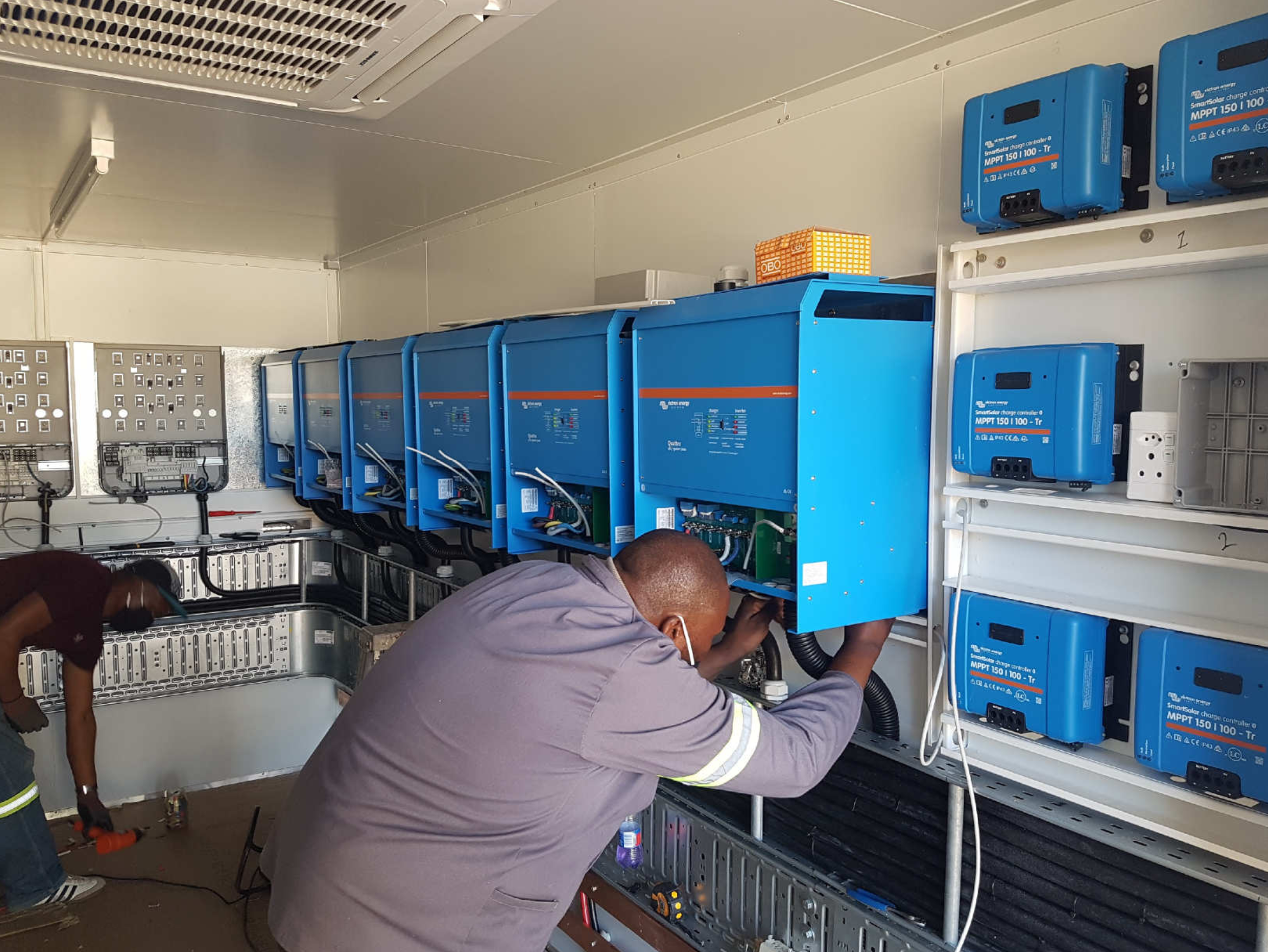Accelerating the Solar Industry
The Role of Grey and Extended Warranties
In recent years, solar energy has transitioned from a niche market to a mainstream solution embraced by homeowners and businesses alike. This shift is not just about environmental consciousness but also driven by practical benefits such as cost savings, energy independence, and increased property value. As solar technology continues to evolve and become more accessible, the introduction of grey and extended warranties is poised to further accelerate the adoption of solar energy. Here’s how these warranty options serve as accelerants to the solar industry:
1. Enhanced Consumer Confidence
Grey and extended warranties provide consumers with peace of mind by ensuring protection against unexpected repair costs. For systems without manufacturer warranties (grey warranty), this coverage is crucial as it safeguards investments in newly installed or post-installed solar equipment. Extended warranties, on the other hand, extend the coverage period beyond standard manufacturer terms, reinforcing the reliability and longevity of solar installations.
Benefits:
- Risk Mitigation: Consumers are more willing to invest in solar energy systems knowing they are financially protected against equipment failures.
- Long-Term Reliability: Extended warranties reassure consumers of continued support and maintenance, encouraging them to commit to solar energy for the long term.
2. Market Expansion and Accessibility
By reducing financial barriers and uncertainties associated with solar ownership, grey and extended warranties make solar energy more accessible to a broader range of consumers. This inclusivity fosters market growth and diversification, attracting new demographics and geographical areas previously hesitant due to perceived risks.
Benefits:
- Democratization of Solar: Warranties democratize access to solar energy by making it a viable option for budget-conscious consumers and diverse market segments.
- Geographical Reach: Increased confidence in warranty-backed systems encourages installations in regions with varying climates and environmental conditions.
3. Financial Incentives and ROI Maximization
Solar investments are typically viewed as long-term strategies to reduce energy costs and enhance property values. Grey and extended warranties optimize these investments by ensuring systems operate efficiently over their lifespan. This reliability not only protects initial capital outlay but also enhances the return on investment (ROI) by minimizing downtime and maintenance expenses.
Benefits:
- Cost Efficiency: Predictable repair costs and reduced downtime contribute to overall cost savings throughout the system’s operational life.
- Improved ROI:** Enhanced reliability and performance bolster the financial benefits of solar energy, making it a more attractive investment opportunity.
4. Support for Sustainable Practices
Environmental sustainability is a driving force behind the global shift towards renewable energy sources like solar power. Grey and extended warranties support this movement by promoting the use of durable, energy-efficient equipment. By ensuring longer equipment lifespans and reducing premature replacements, warranties contribute to sustainable practices and reduce overall carbon footprints.
Benefits:
- Environmental Impact: Extended equipment lifespans decrease resource consumption and electronic waste, aligning with sustainable development goals.
- Corporate Social Responsibility: Businesses and homeowners can demonstrate their commitment to environmental stewardship by investing in reliable, warranty-backed solar solutions.
5. Technological Advancements and Innovation
The implementation of grey and extended warranties incentivizes innovation within the solar industry. Manufacturers and service providers are motivated to develop more efficient, durable, and technologically advanced solar equipment to meet warranty requirements and consumer expectations. This continuous improvement cycle drives technological advancements and fosters a competitive market landscape.
Benefits:
- Technological Progress: Warranties encourage innovation in solar panel efficiency, battery storage capabilities, and system integration, enhancing overall industry standards.- **Product Evolution:** Consumers benefit from ongoing advancements that improve system performance, reliability, and user experience.
Conclusion
In conclusion, grey and extended warranties play a pivotal role in accelerating the adoption and acceptance of solar energy solutions. By mitigating financial risks, enhancing consumer confidence, and promoting sustainable practices, these warranty options create a conducive environment for widespread solar adoption. As the solar industry continues to expand globally, warranties will remain essential tools for maximizing the reliability, longevity, and economic benefits of solar energy investments. Embracing warranty-backed solutions not only secures individual investments but also contributes to a sustainable energy future for generations to come.
